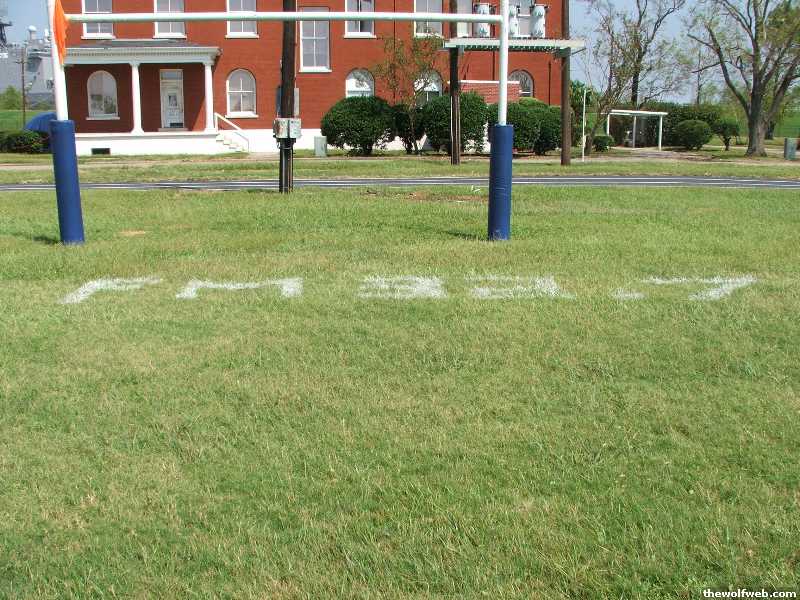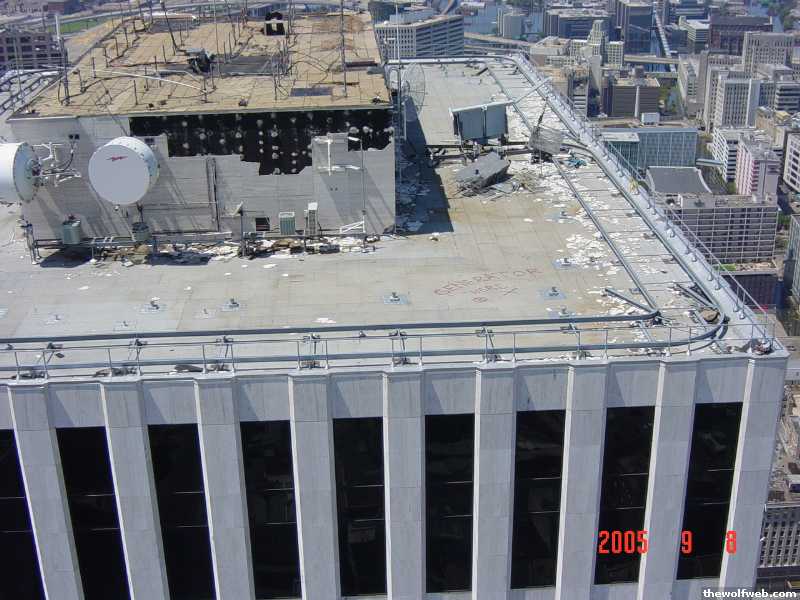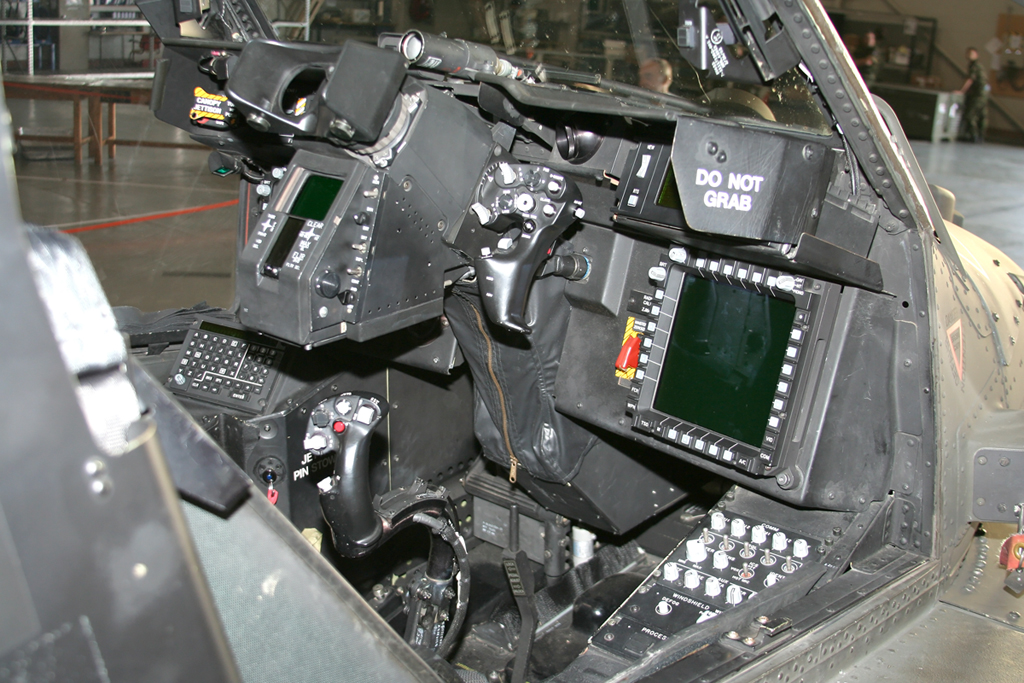Anyone who's studied counterinsurgency for more than ten minutes can probably recite T.E. Lawrence's famous line from Seven Pillars of Wisdom, which notes that counterinsurgency is "messy and slow, like eating soup with a knife". With that said, disaster relief, executed rapidly, with little advanced warning and often minimal planning, is far more fast-paced, and just as messy.
If counterinsurgency is like
eating soup with a knife, then disaster relief is like eating soup with an eggbeater.
The US military has been involved in disaster relief at home and abroad since its inception; whether it be the
Great White Fleet's assistance to Sicilians after
an earthquake and subsequent tsunami in 1908, or the 82nd Airborne's intervention in New Orleans after Hurricanes Katrina and Rita. However, despite the fact that we have plenty of literature dedicated to counterinsurgency and conventional war, we have little written about disaster relief missions, which, aside from their rushed and hurried nature, are often performed with minimal guidance and nebulous lines of command and control. Efforts must be coordinated among not only US military and government organizations, but also among foreign governments, the host nation government (or sometimes its remnants), the United Nations, and non-government agencies, such as Doctors Without Borders and the International Red Cross. These missions often take place in harsh and austere environments (that means living in tents with generators, not
containerized housing units), as they frequently happen in the Developing World, and the disaster may very well have wiped out many or all essential services (food, fuel, water, roads, airports, sea ports, etc).
Fortunately, the gang at
Small Wars Journal is here to lend a helping hand to all of us who will, at some time, participate in disaster relief. Retired Colonel Gary Anderson, USMC, has penned
a quick two-page essay on some of the major considerations when planning a disaster relief mission.
I read through the essay and came up with a few more pointers for planners who might be participating in disaster relief missions.
1.) Be ready. I've served my entire career with rapidly-deployable units (82nd Airborne, 10th Mountain, JTF-Bravo) which often partake in disaster relief. Over the years, I've noticed that our ability to deploy rapidly seems to have gone by the wayside. Since we've fallen into a routine of deployment/reset/pre-deployment, we see our combat tours coming a year or two in advance. In the case of Iraq or Afghanistan, we typically deploy to well-established forward operating bases, often guarded by contractors, and loaded with places to eat, shop and play. Each Soldier packs enough junk to live well for a year--bicycles, lawn chairs, Wii, televisions, you name it. A battalion might pack a massive container filled with gym equipment.
The packing, loading and deployment process takes months. Containers are inspected by US Customs, loaded onto a ship, and spend months in transit.
When disaster strikes, you won't have this time. Have some tents, generators, computers, communications equipment and cots ready to go at a moment's notice. Have Soldiers pack lightly and prepare to eat MREs for a month or two. You may deploy so quickly that you will start traveling without even knowing your exact destination, as we did when we took off for New Orleans in 2005. (We knew we were going to New Orleans, but not which airfield). Sanitation, field hygiene, and preventive health will be imperative. Make sure everyone is constantly current with their immunizations and dental readiness.
Another trick I had up my sleeve in 2005 involved a hidden stash of flight information publications I kept just in case of an emergency. I was a mere lieutenant in the 82nd Airborne Division in North Carolina at the time, and I had this suspicion--based on living in North Carolina for many years--that we'd be involved in some sort of hurricane relief effort in the summertime. This took little deductive reasoning, as we seemed to be involved in hurricane relief nearly every year. With that said, I was in charge of ordering flight publications--maps, approach procedures, airfield diagrams, etc--for the entire battalion. I kept a hidden stash of these locked up just in case of an emergency.
Lo and behold, Hurricane Katrina hit, and I opened up my secret stash of maps. I can't stress how important it is to have current aviation maps, which display all sorts of information regarding runway length, airport frequencies, airspace, and hazards. I didn't want to be like my predecessors in the 82nd Aviation Battalion who flew Black Hawks into Grenada, navigating
off of tourist maps. As an added note, I still didn't have enough maps (New Orleans is just on the edge of the New Orleans sectional, meaning I needed Texas maps), so I went to the local airport an came up with some, shall we say, creative means of purchasing maps. Hey, pilots need maps, so it's not like I wasted money. Besides, we spend money on such frivolous things, that maps would be the least of one's concerns.
Anyway, point two regarding disaster relief:
2.) Think like a civilian. You will work with civil authorities and relief agencies who don't think like the military does. Whereas we give locations in latitude/longitude or the military grid reference system, the locals will request rescues at the intersections of two streets. It's wise to invest in street atlases before you depart, and prepare to navigate off of those. Google Earth might be your best mapping software, as you can simply look for a business or landmark, unlike the DoD's flight planning software.
The locals will probably not talk on crypto-secure SINCGARS radios, UHF, or even plain FM radio. You might want to have a cell phone in the cockpit ready to receive and send text messages, should the need arise. Sure, the FAA says not to do this, but when you bear in mind that most infantrymen hop on with all sorts of communications gear, I think a cell phone is the least of one's worries. Besides, if it's safe to tune a radio and fly, it's safe to text and fly.
If the locals do have access to an FM transmitter, prepare to see landing zones set up in the middle of parking lots and soccer fields. Need to know the frequency at the landing zone to let them know you're coming? Well, just use the Mark-1 eyeball:

Let me guess, the LZ frequency is FM 32.700...
You might also see some non-standard LZ markers. Normally, the international sign for a helicopter pad is a large "H". Well, not in New Orleans:

This might be difficult to read, but the bottom right corner of the building reads "Generator here", with a giant "X" underneath it, denoting where they wanted us to emplace a generator we had slung underneath the cargo hook of the aircraft. (I think this mission was flown by the famed
one-wheel landing aviator, then-Major Carey Wagen)
All in all, the best advice one can get regarding disaster relief operations comes from Col. Anderson's article, where he warns:
Beware of Mission Creep. Your job is to try to get Haiti back to something approaching the way it was seconds before the quake struck. If the President wants you to do nation-building, he’ll let you know. Identify the things that only you as the American military can do and for how long you will need to do them. When the roads are open, they will not need helicopters anymore; stop flying helicopters. If you need to run a hospital until Doctors Without Borders get there, you should stop running it when they arrive. Your best people are the ones who will get you into mission creep situations the fastest. Doctors and engineers always want to make things better, and in these kinds of operations, better is the enemy of good enough.
When Col. Anderson speaks of mission creep, it's important to remember that the US launched Operation Restore Hope in Somalia a humanitarian assistance mission in December 1992. Less than a year later, Rangers, Night Stalkers, Delta Force Commandos and Soldiers from the 10th Mountain Division found themselves in heavy urban combat during the battle at the Bakara Market in downtown Mogadishu (which we all remember from Black Hawk Down). Indeed, The Washington Post echoes Col. Anderson's sentiment about mission creep and the challenges of nation-building:
...development officials agree, the recovery effort must build up, not supplant, the Haitian government and civil society, starting with putting Haitian authorities at the center of a single, clearly defined plan to rebuild Port-au-Prince and its environs in a far sturdier form.
"National disasters, as awful as they are, you want to seize those moments, use that awful, awful opportunity, to strengthen the ability of national and local authorities to act for the benefit of their citizens," said Jordan Ryan, the assistant administrator of the U.N. Development Program. There is, to an extent, a development framework in place from efforts underway before the earthquake involving the Obama administration, the United Nations, a huge network of international aid groups and a Haitian government that, despite corruption, was viewed as more reliable than any in years. The United States budgeted $292 million in assistance to Haiti this year, including food aid, infrastructure funds and money to fight drug trafficking. And the Haitian economy grew by 2.5 percent in 2009, despite the global recession...
..."Haiti's going to have to change. And if they do, we ought to make a commitment to stick with the government of the day to keep the institutional development going," Zarr said. "Unless we are committed to institutional development, I fear Haiti's never going to get off this terrible treadmill it's been on."
Others aren't so sure. Putting more faith in Haitian authorities can be done only if there is a crackdown on corruption, said Stuart W. Bowen Jr., who has witnessed the tension between local empowerment and wasted aid money as special inspector general for Iraqreconstruction. The United States has spent $800 million in Haiti in five years, he said, with little to show for it.
"Certainly, at this stage, the delivery of aid should be direct and not through the government," he said. "And that process should be maintained for a while, until there is a sense of stability . . . to make sure that the government delivers the aid well."
Because nongovernmental organizations will play a central role for years to come, development veterans say, it will be up to the United Nations to ensure that their efforts are coordinated, as was done after the 2004 Indian Ocean tsunami.









 Thanks to Greg Williams for the link to today's
Thanks to Greg Williams for the link to today's 



